So, you want to bowhunt. Welcome. It’s rewarding, and in many ways, a life-changing pursuit. There is, however, a learning curve. There are several learning curves, actually, the first of which is gear, so using a bowhunting starter kit to make sure you get off on the right foot is nothing to be embarrassed about.
When I walked into a pro shop to purchase my first bow, I was overwhelmed by all of the equipment options, additional gear required, and quite frankly, the cost of it all. So, if you want to bowhunt this fall — and yes, you should want to bowhunt this fall — we’ve put together an easy gear punch list and recommendations to get you started. Of course, bowhunting is more a skill than a gear grab, so you have to fucking practice. But once you get all kitted out, you’ll want to sling arrows every chance you get.
Step One: Find a place to buy all this shit. When it comes to bowhunting, there are only three major options: pro shops, big box stores, and online. Spoiler alert: Pro shops are the best option, and online is the worst.
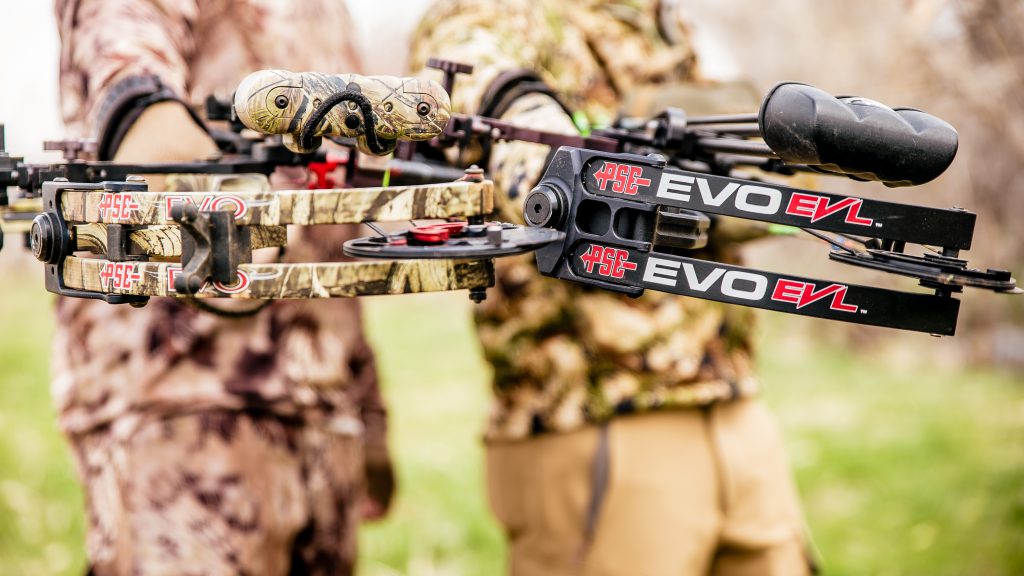
The Pro Shop
An archery pro shop should always be your first choice if one is available or nearby. A pro shop is a specialized sporting goods store that deals specifically in archery equipment. It usually has the most equipment choices and knowledgeable staff to help you get set up. Speaking of setup, that’s another element of bowhunting that most don’t consider. It takes a skilled bow technician and specialized equipment to get your bow set up to your specific draw length (your wingspan) and draw weight (how much you can comfortably pull back).
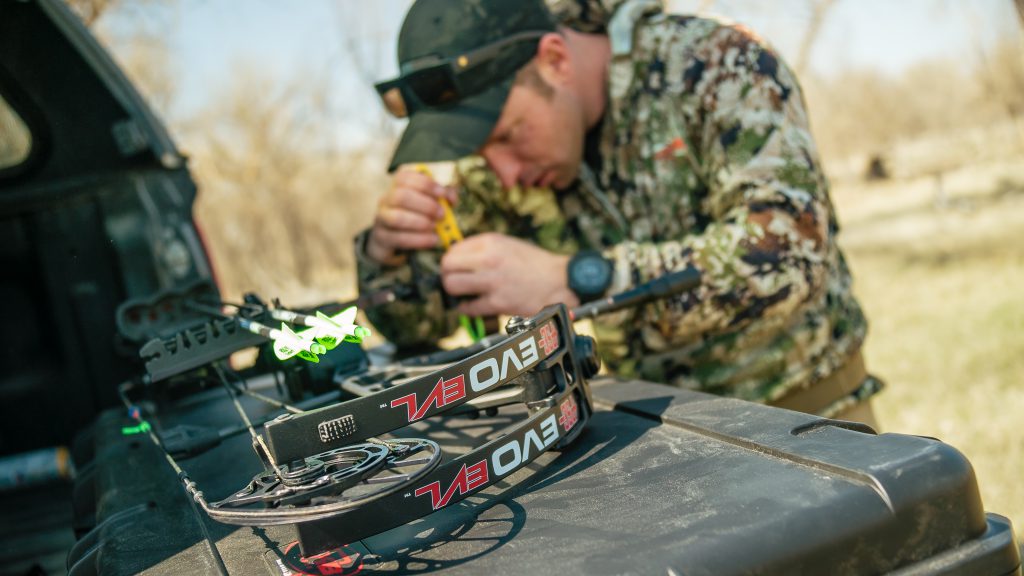
The Big Box
Don’t have a pro shop nearby? Well, you probably have a Bass Pro, Cabela’s, Academy Sports, or even a Walmart within driving distance. The downsides to purchasing from a big box store are fewer options and the varying quality of the bow staff — if it has a bow staff. Most major bow manufacturers allow their best flagship bows to be sold only by archery pro shops, so if you want the best of the best, the big boxes aren’t an option.
Online
If you’re in the middle of nowhere, then purchasing online may be your only option, though it’s the least recommended. You can purchase a bow from just about any online retailer that sells sporting goods, including Amazon. The problem with that lies in the fact that, while you get a bow, it’s often not set up or tuned. I have driven over 100 miles to visit a good pro shop and have my bow worked on by professionals, and I strongly recommend you do the same, especially for your first. In some cases, pro shops will take your order over the phone and ship your bow to you, which would be your best option if you’re going to buy remotely.
The Gear List
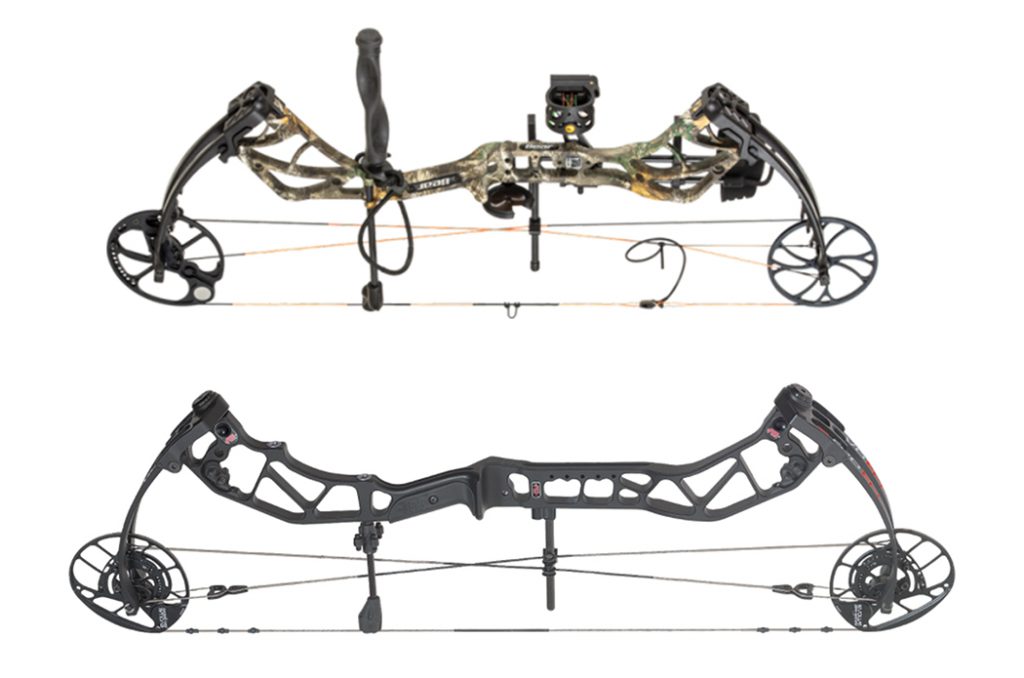
Top of the Line (bottom): PSE EVO EVL 32, $1099.99
Ready-to-Hunt Bow Package
RTH setups are my recommendation for someone wanting to pop their archery cherry. They generally come with a sight, rest, stabilizer, and quiver. These setups come with a lot of things you need in order to get started shooting right away. You’ll still need to purchase arrows, tips, and a release, at minimum, to get started. RTH packages aren’t actually ready to hunt. You will need to check for proper draw length and have the bow tuned, but it’ll get you started.
Build a Bow
Buying a bow really comes down to shooter preference. For someone purchasing his first bow, it’s hard to know just what a good shooting bow feels like. So when helping someone choose his first bow, my first question is always, “What’s your budget?” Your budget will be the No. 1 factor in deciding which bow to purchase. We’re hot on PSE here at Black Rifle Coffee Company, and the EVO EVL might be the best bow overall to come out in years, but if you’re taking the pro-shop road, ask to shoot all the major manufacturers and go with what feels best.
Sights
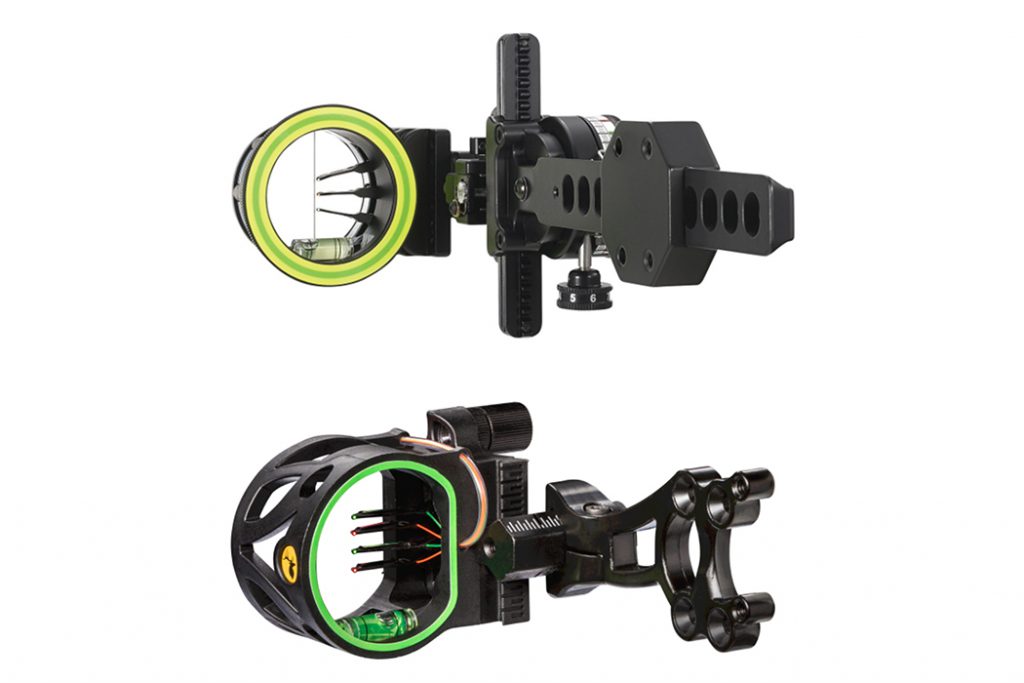
Top of the Line (bottom): Spot Hogg The Hogg Father MRT, 3-Pin, $434.99
When it comes to a sight, you have two options — single pin or multipin. For the noob, I strongly encourage a multipin sight. A successful bowhunt often comes down to successful movement when an animal is within 50 yards. A multipin sight eliminates the need for additional movement after ranging an animal and drawing your bow. A single-pin sight requires you to adjust the sight to the range of the animal to be accurate.
Rests
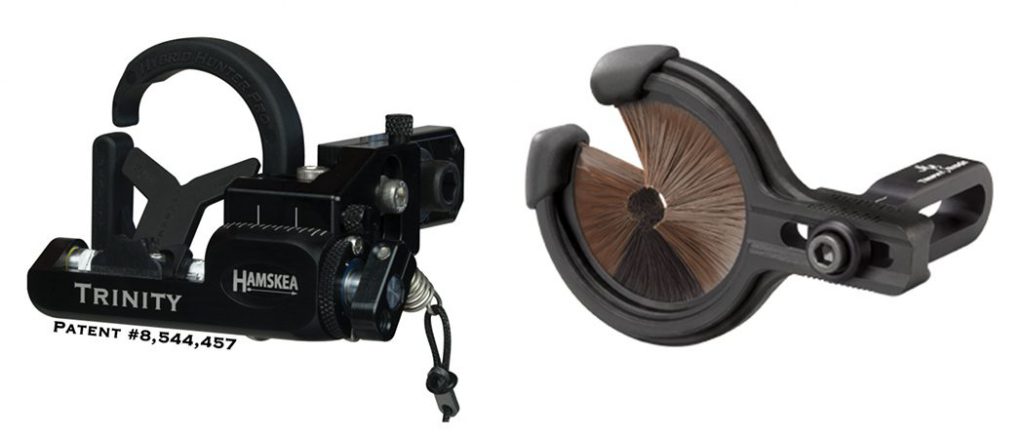
Budget (right): Trophy Ridge Quick Shot Whisker Biscuit, $39.99
When it comes to arrow rests for hunting, there are really only two options. Fall-away rests and full-containment rests. Each has its benefits — a fall-away rest usually produces faster arrow speeds while a full-containment rest is simpler by design and ensures your arrow remains in place and quiet. Many think fall-aways make for more accurate shots, but many bowhunters still like containment systems, such as the Whisker Biscuit, because they can move more freely in a treestand or on a stalk without the arrow coming off the rest.
Stabilizers
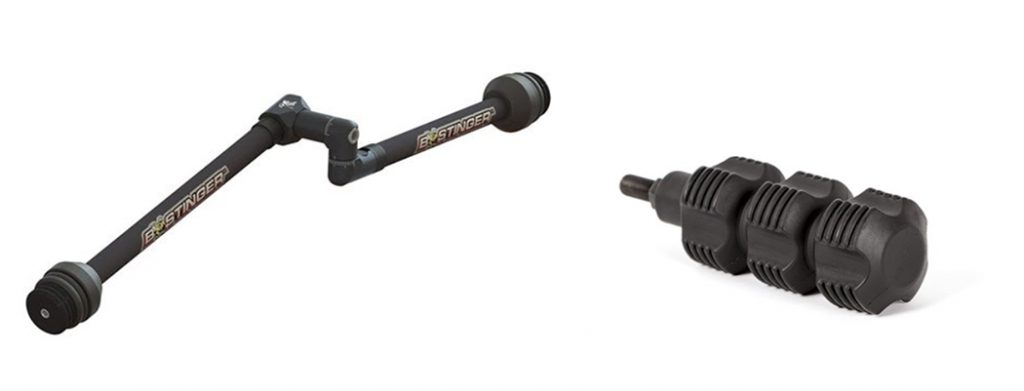
Budget (right): Limbsaver Spartan Bow Stabilizer, $17.99
Stabilizers serve two main purposes on a hunting bow. The first is to dampen noise and vibration at the shot, and the second is to help steady your bow in the shot. They come in a variety of sizes, shapes, and lengths. For your first, I recommend something on the cheaper side. You can always upgrade later.
Quivers
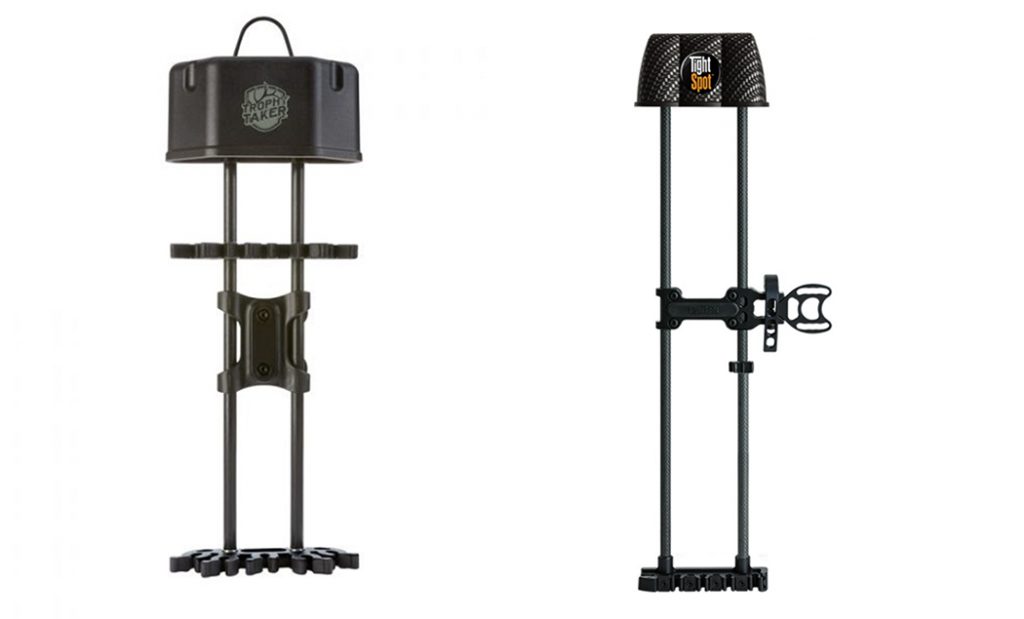
Top of the Line (right): TightSpot 5-Arrow Quiver, $174.95
There are multiple types of quivers, but bow-mounted quivers are the most common type for compound archers. They can hold anywhere from one to seven arrows, and most major bow manufacturers sell their own — another reason to go to a pro shop.
Releases
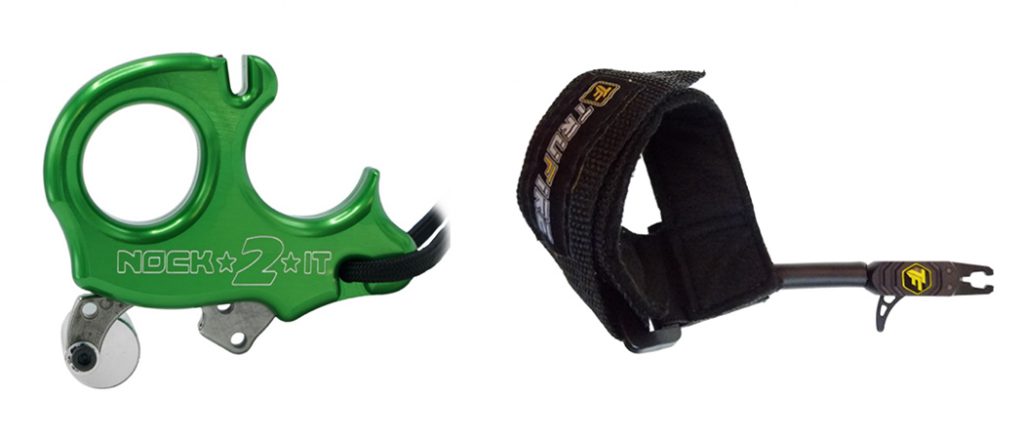
Budget (right): Tru-Fire PT Patriot Power Strap, $19.99
One of the most important components of compound archery is the release. A release captures the bowstring. It’s what you pull back on to draw the bow, and it has a thumb button or trigger you hit to “release” the string and send the arrow. There are many different types of releases, but there are two main styles: a wrist-strap release and a handheld or finger release. It is important to get a good release that you like right from the start, so try several different ones out, if possible.
Arrows
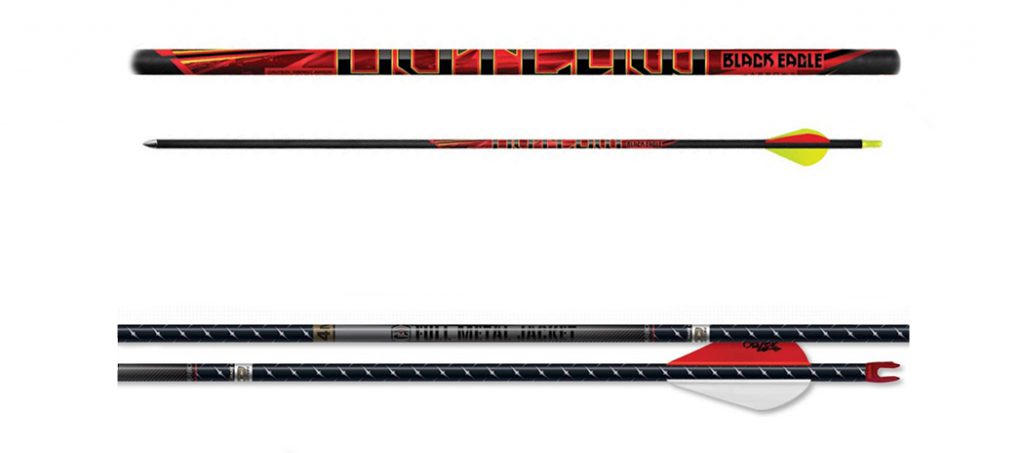
Top of the Line (bottom): Easton FMJ, $130 to $160 per dozen
Choosing the right arrows without an experienced archer to lean on can be overwhelming. For this, we recommend first looking at the brand’s arrow-spine chart. A spine chart will help you choose the proper arrow for your draw weight, length, and poundage. Really, you need a shop to cut arrows to your draw length (or shorter), but some online specialty archery shops can do this mail-order style.
Broadheads
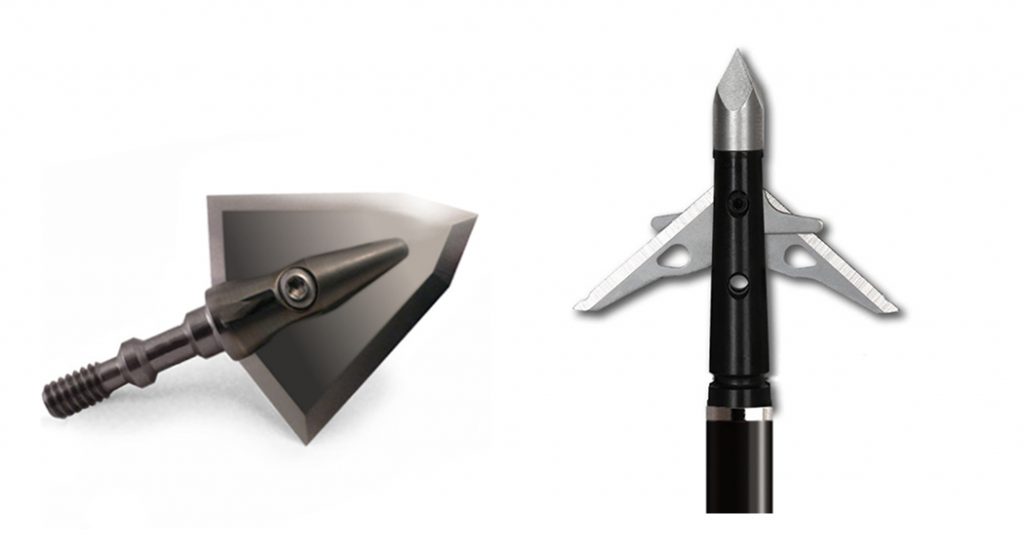
Budget (right): Sevr AP 1.7 Broadhead $11.99 each
Broadheads are the sharp tips of your arrows. They assist with penetration and causing massive hemorrhaging in the animals for quick and ethical kills. There are two primary broadhead designs: fixed blade and mechanical. The heads you choose depend greatly on your individual bow setup and the animal you intend to hunt. You will also need field points that weigh the same as the broadheads you intend to hunt with. So, if you plan to use 125-grain Iron Will’s broadheads, you’ll need 125-grain field points for practicing on foam targets.
Bow Cases
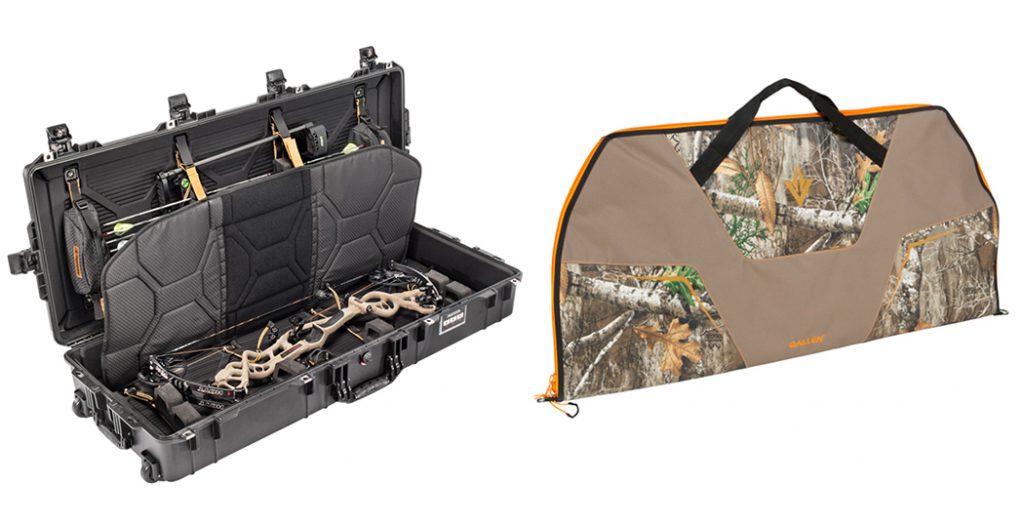
Top of the Line (left): Pelican 1745BOW Air Bow Case, $399.95
While a case isn’t 100% necessary to get you on the range and into the field, it is good to have, especially if you’re going to be doing any sort of traveling. There are plenty of case options to fit your specific needs.
Targets
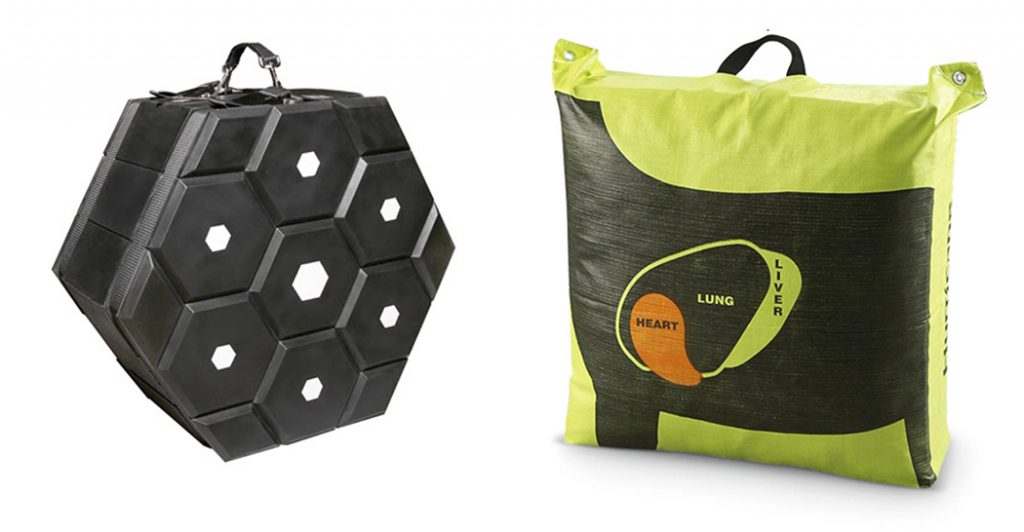
Budget (right): Field Logic Hurricane H-25 Bag Target, $49.99
Archery, unlike other shooting sports, doesn’t require a ton of space to practice safely. In many cases, you can set up a range right in your backyard, if you have a target. As with a bow case, a target isn’t required, but if you want to shoot at home, you’ll need at least one.
Rangefinders
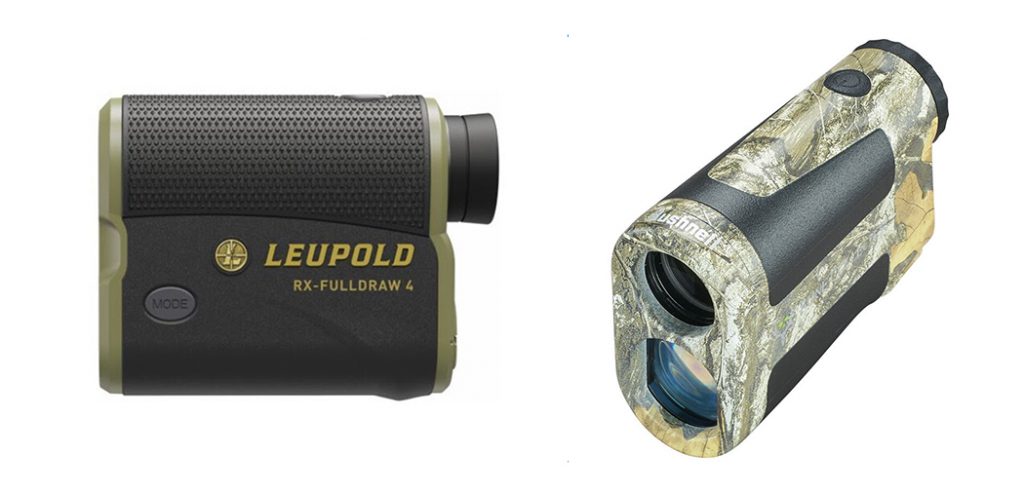
Budget (right): Bushnell Bone Collector 850 LRF, $139.99
Some of the best archers in the world can estimate distance to within 1 yard of their targets. While range estimation is a critical skill for bowhunting, it is one that takes years to learn. Laser rangefinders help flatten the learning curve and give you exact ranges to your intended targets. That’s why even the best distance estimators still laser-range their targets.
Additional Resources
Archery coaches and mentors aren’t lined up waiting to take on mentees. You will need to seek a coach or mentor out. You can do that by finding archery clubs or ranges in your area and attending events and shoots. You may also find ranges or pro shops that offer lessons. Some pro shops offer a number of free lessons when you buy your bow from them. If finding one locally is a challenge, then you’re in luck, because there’s no shortage of online resources.
John Dudley’s School of Nock
The School of Nock covers everything from learning to shoot to in-depth bow builds and tuning. Those who are interested can learn to do it all themselves from one of the pillars of the modern archery industry.
Kifarucast’s YouTube Channel
This channel is loaded with useful archery and gear information. Here, Aron Snyder breaks down his years of hunting, archery, and gear experience and explains complex topics in an easy-to-understand manner.
Levi Morgan’s Archery Fit
World champion archer Levi Morgan shares his archery tips and tutorials on his website bowlife.com under the Archery Fit tab. With five International Bowhunting Organization World Championships under his belt and too many big-game animals to count, Morgan is definitely someone you want to listen to when it comes to archery.
Read Next: The Bear: Hunting Ursa Major in the Idaho Wilderness

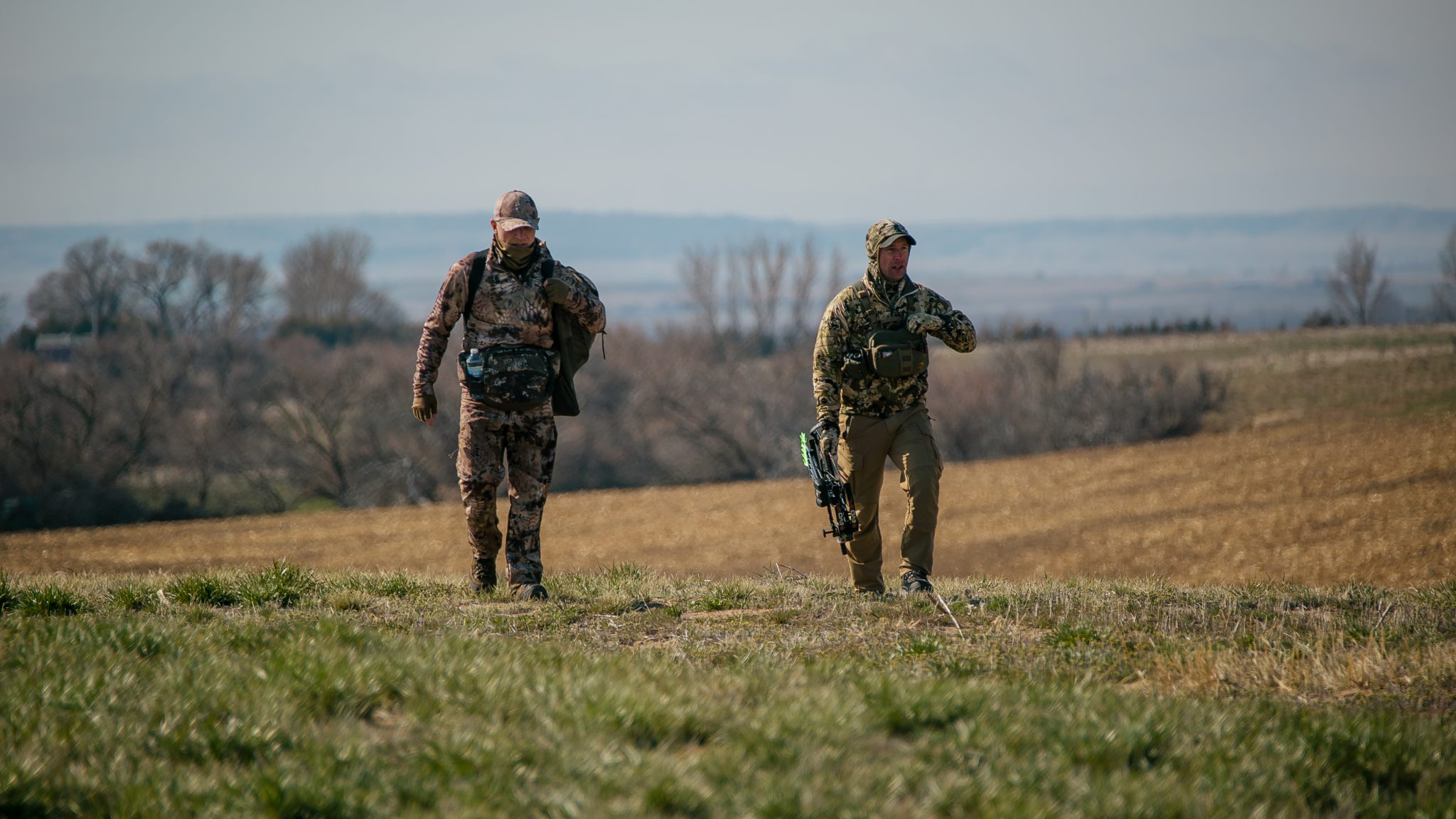
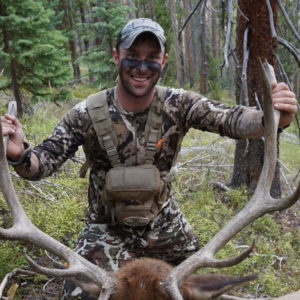
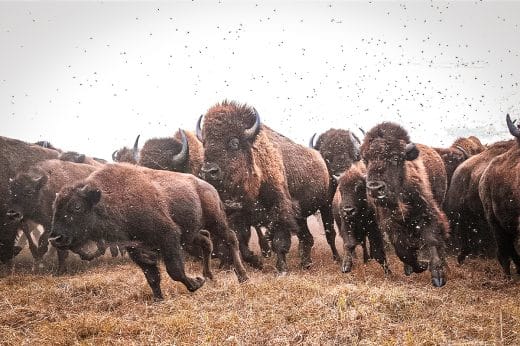
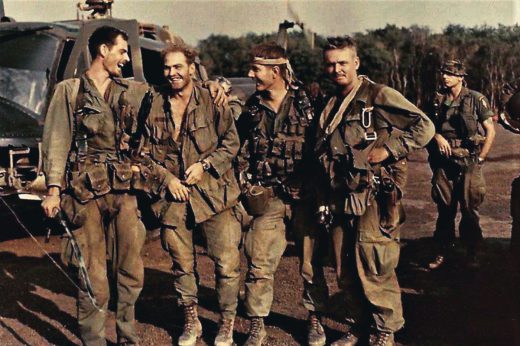
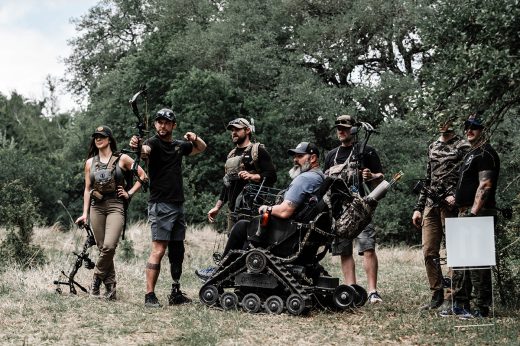


Comments